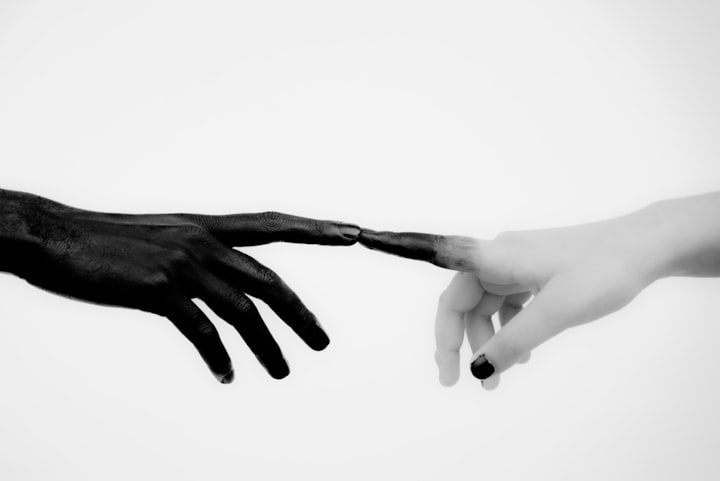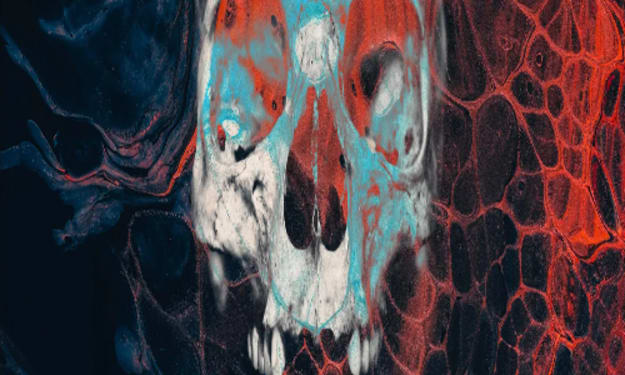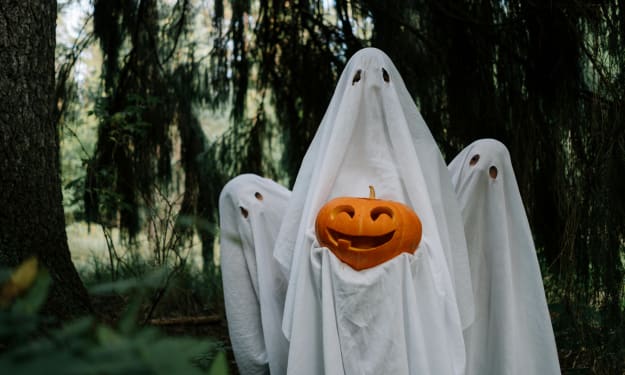
The Devil in Literature: A Comprehensive Study
The devil is a fascinating character in literature, embodying evil, temptation, and darkness. From Dante's "Inferno" to Milton's "Paradise Lost," the devil has played a prominent role in some of the world's greatest works of fiction. In this article, we will take a closer look at the depiction of the devil in literature and its evolution over time.
The Ancient World
In ancient mythology, the devil was often depicted as a trickster, using cunning and guile to outwit gods and humans alike. The Greek god Hermes was often depicted in this role, as was the Egyptian god Set. In many ancient cultures, the devil was seen as a necessary force, providing balance to the world and keeping the gods in check.
The Middle Ages
With the rise of Christianity, the devil took on a more sinister role in literature. In medieval tales, the devil was often depicted as a powerful and malevolent entity, seeking to tempt and corrupt the souls of the living. In Dante's "Inferno," the devil is depicted as a monster, frozen in ice at the center of Hell. This image of the devil would become one of the most enduring in Western literature, influencing later depictions of the character.
The Renaissance
During the Renaissance, the devil became a more complex character in literature. In works such as Marlowe's "Doctor Faustus," the devil was depicted as a tempter, offering wealth, power, and knowledge in exchange for the protagonist's soul. This depiction of the devil emphasized the dangers of temptation and the consequences of giving in to sin.
The Enlightenment
With the rise of rationalism and the scientific revolution, the devil lost much of its power in literature. The devil was often portrayed as a superstitious relic of a bygone era, a symbol of ignorance and fear. In works such as Voltaire's "Candide," the devil was depicted as a vestigial character, serving no real purpose in the story.
The Romantic Era
During the Romantic era, the devil regained some of its power in literature. In works such as Byron's "Manfred," the devil was depicted as a charismatic and powerful figure, luring the protagonist into temptation and sin. This depiction of the devil emphasized the allure of evil and the dangers of succumbing to one's darkest desires.
The Modern Era
In modern literature, the devil continues to evolve. In works such as Bulgakov's "The Master and Margarita," the devil is depicted as a complex and multi-faceted character, challenging the boundaries between good and evil. In other works, such as Stephen King's "The Stand," the devil is portrayed as a force of nature, spreading destruction and chaos across the world.
In conclusion, the devil has played a prominent role in literature for thousands of years. From a trickster in ancient mythology to a complex and multi-faceted character in modern works, the depiction of the devil has evolved and changed over time. Whether portrayed as a monster or a tempter, the devil remains one of the most fascinating and enduring characters in the world of literature.
Understanding the Devil in Literature: A Critical Analysis
The devil has been a central figure in literature for centuries, inspiring fear, fascination, and intrigue. From ancient myths to modern works, the depiction of the devil has evolved and changed, reflecting the cultural, social, and political landscape of each era. In this article, we will delve deeper into the different interpretations of the devil in literature, exploring its various meanings and significance.
The Devil as a Symbol of Evil
One of the most common interpretations of the devil in literature is as a symbol of evil. The devil is often depicted as the embodiment of all that is wicked, cruel, and destructive, personifying the forces of darkness and corruption. In works such as Milton's "Paradise Lost," the devil is depicted as a charismatic and powerful figure, seeking to corrupt the pure and innocent. This depiction of the devil serves as a warning against the dangers of sin and temptation.
The Devil as a Tempter
Another common interpretation of the devil in literature is as a tempter. The devil is often depicted as a seductive figure, offering wealth, power, and knowledge in exchange for the protagonist's soul. This depiction of the devil emphasizes the dangers of temptation and the consequences of giving in to sin. In works such as Goethe's "Faust," the devil is portrayed as a master manipulator, using his wit and charm to lure the protagonist into a world of darkness and corruption.
The Devil as a Trickster
In some literary traditions, the devil is depicted as a trickster, using cunning and guile to outwit gods and humans alike. This interpretation of the devil is often rooted in ancient mythology, where the devil was seen as a necessary force, providing balance to the world and keeping the gods in check. In works such as Chaucer's "The Canterbury Tales," the devil is portrayed as a wily and mischievous figure, delighting in the misery of others.
The Devil as a Force of Nature
In modern literature, the devil is often portrayed as a force of nature, spreading destruction and chaos across the world. This depiction of the devil emphasizes the indiscriminate and impartial nature of evil, suggesting that it can strike anyone, anywhere, at any time. In works such as Stephen King's "The Stand," the devil is depicted as a malevolent entity, capable of bringing the world to its knees.
The Devil as a Complex and Multi-Faceted Character
In some contemporary works, the devil is depicted as a complex and multi-faceted character, challenging the boundaries between good and evil. This interpretation of the devil emphasizes the duality of human nature, suggesting that we all have the capacity for both good and evil. In works such as Bulgakov's "The Master and Margarita," the devil is portrayed as a charismatic and mysterious figure, representing the dark and unknown aspects of the human psyche.
In conclusion, the devil has been interpreted in many different ways in the literature. From a symbol of evil to a complex and multi-faceted character, the depiction of the devil has reflected the cultural, social, and political landscape of each era. Whether portrayed as a monster or a tempter, the devil remains one of the most fascinating and enduring figures in the world of literature.





Comments
There are no comments for this story
Be the first to respond and start the conversation.